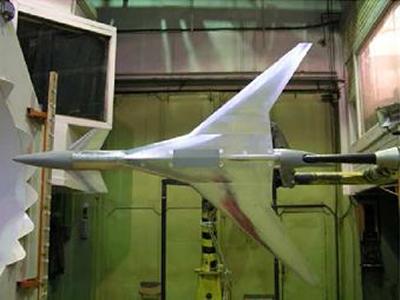Research project: Influence of Aerodynamic Models on Flight Simulation
Good estimates of stability and control characteristics are obtained for conventional aircraft by semi-empirical or linearized methods. For aircraft operating at extreme flow conditions, or revolutionary vehicle concepts, the use of these methods is suspect because limited to a database of information related to existing aircraft. The proposed project will investigate the impact of a hierarchy of aerodynamic models on flight simulation and will provide indications on the most suitable theoretical/numerical tools for the design of next-generation aircraft.

.JPG_SIA_JPG_fit_to_width_INLINE.jpg)

